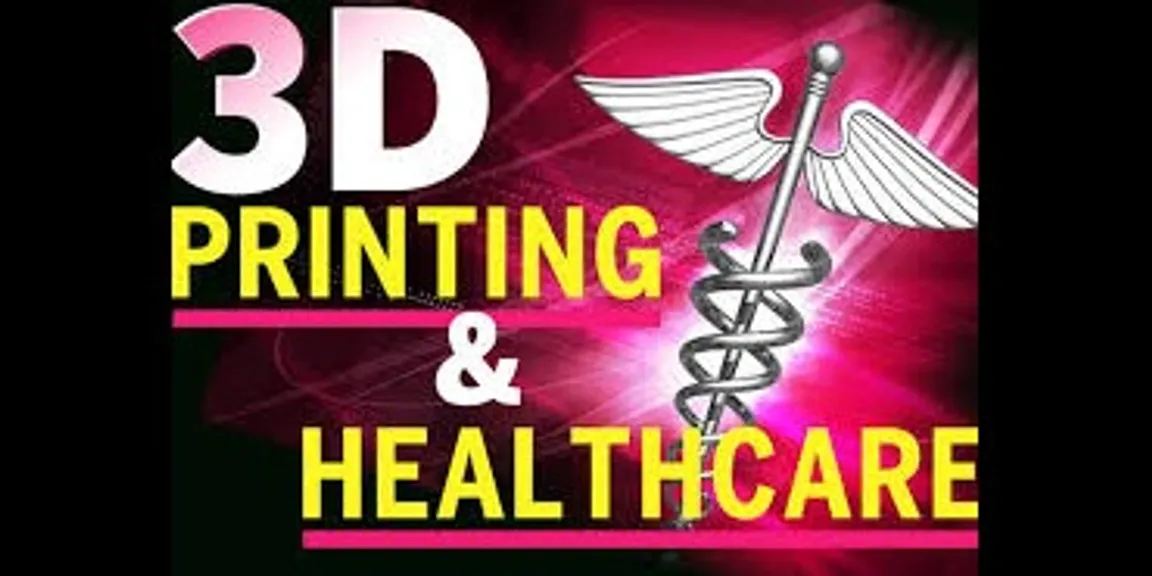

3D Printing- A New Revolution in Medical Device Industry
3D printing has become a topic of conversation around the corner. The hype it has created in the medical device industry cannot be considered merely as an exaggeration.
3D printing plays a very small but a very crucial role when it comes to medical and dental device manufacturing. According to the 2013 Wohler’s report, the 3D Printing industry had total revenue of $2.204 billion in 2012. Medical and dental applications contributed around $361 million in the total revenue generation. 3D Printing Industry is projected to be $8.4 billion in 2020. 3D printing is currently a $700 million industry, with only 1.6% invested in medical applications.
The medical device industry is facing a plethora of challenges which involves the regulatory challenges and reducing the iterative designs. Under this scenario, 3D printing seems to be the most promising option as it uses layer-by-layer build-up process to create 3-dimensional objects.

3D Printing – An Emerging Technology in Healthcare Industry
3D Printing- An emerging option in medical device industry
3D printing plays an expanding role in medical and dental manufacturing. It is very cost-effective, efficient and customizable option in for the medical devices industry for devices including dental implants, hearing aids, prostheses, custom-made knee and hip implants, and surgical instruments.
Some of the applications of 3D printing are as follows:
Application in Orthopaedics
• It can be used in printing cartilage and bone. The printer’s ink delivers mechanical strength to the bone and cushioning effect to the cells.
Application in organ growth
• 3D Printing can be used for printing blood vessels which can be used for grafting purposes.
• It is also used for printing of organs like liver and kidney.
• It also helps in the planning of complicated surgical maneuvers like skull base tumor removal.
Application in medical devices
• Prototyping: 3D printing techniques are very efficient in a development of prototypes at a very faster rate. This reduces the efforts of design, hardware and software team and helps in providing an optimized design which is much closer to the needs of customer.
• Implants: 3D printing is making a mark in orthopaedic and dental device manufacturing. It is also used to create the implants with intricate surfaces.
• Prosthetics: Now scanning and printing mirror image of the body part is very much possible with 3D printing. It is used to create pattern for prosthetic body parts.
• Tissue Engineering: 3D printing technology is being widely used in tissue engineering. Such tissues can be used in regenerative medicine, vascular and musculoskeletal biology, dermatology, ophthalmology and even cancer.
• Dental products: 3D printing provides numerous applications in dentistry. 3D printers can print customized products like bleaching trays, bite guards, crowns, veneers, and inlays.
Bottom line
The use of 3D printing in medical devices has been growing and it has limitless applications. 3D printing has a long way to go in coming years. It can be used to develop many new medical devices that were earlier difficult to create, expensive, or not patient-friendly. 3D printing also has a large potential to reduce tooling costs and accelerate lead time and regulatory submissions.
We at Engineering Technique assists Doctors, VET specialists, medical centers, Surgeons, hospitals to transform their digital data from MRI to Physical models in ABS or other materials.
Please visit our website to know more!! Engineering Technique provides both 3D printers and 3D printing services to medical device industry across the India.






